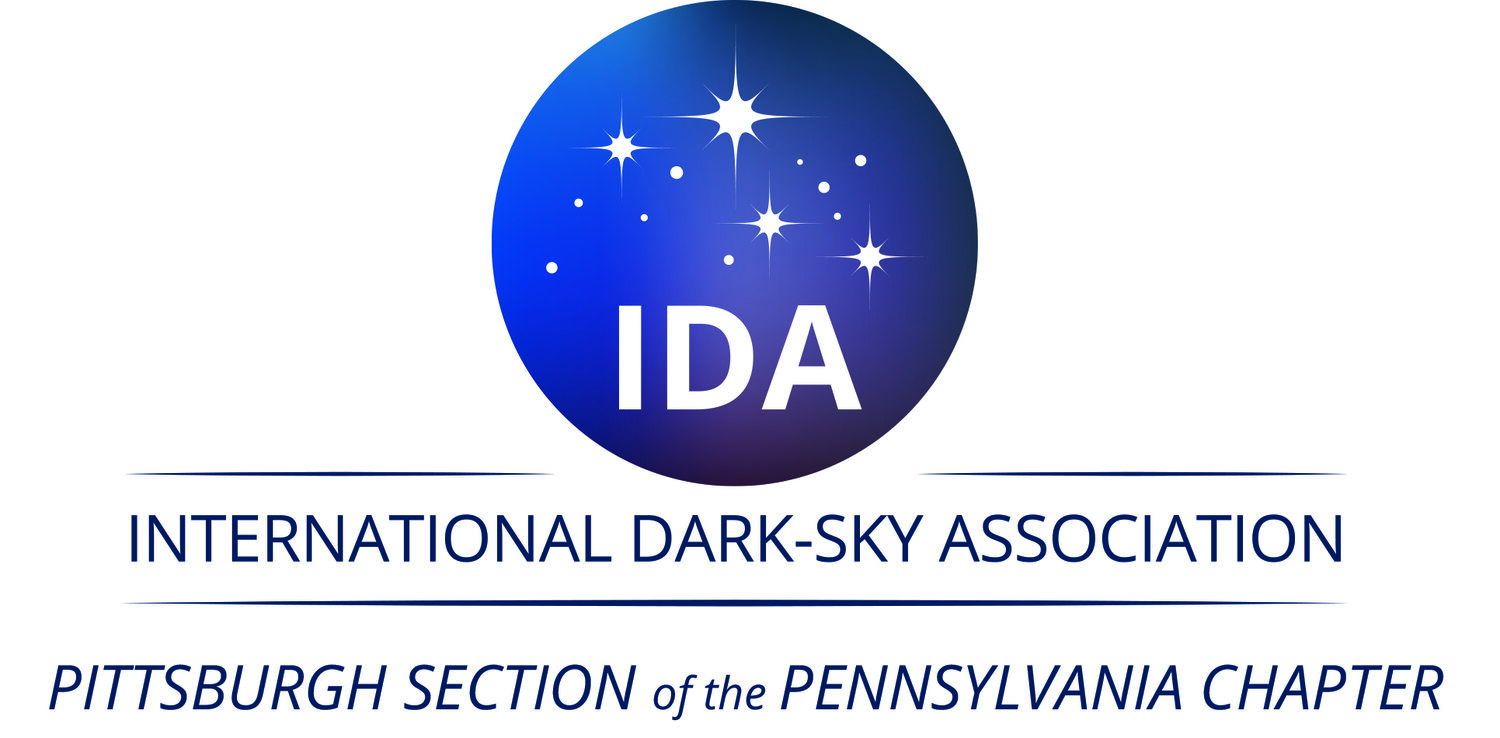Helena Richie Interview
The Future is Dark
“Maybe, if you look long enough, the universe will give you an answer. ”
— Helena Richie
By Claire Su
Helena Richie is a second-year graduate student at the University of Pittsburgh. She studies astrophysics, and her research includes exoplanet detection.
Olbers’ paradox states that if the universe was infinite, then theoretically, there would be starlight coming from every point of the universe covering every part of the sky with bright light. We know that isn’t true when we see stars being painted across the night sky. If Oblers, and Kepler before him in the 1600s, had to deal with light pollution, would the paradox even have been noticed?
I had the opportunity to talk with Helena Richie, a second-year graduate student who studies astrophysics in the Department of Physics and Astronomy at the University of Pittsburgh. She shared that any planet outside of our solar system is known as an exoplanet, and as an astronomer, one of the things she worked on was exoplanet detection. The core question for any astronomer that looks for exoplanets focuses on where they are located and whether those planets could host any form of life. Planets are known to orbit around stars, and that is where Helena starts her search. Indirect observations, such as small changes in a star’s overall brightness, can provide scientific data proving the existence of a planet.
The Andromeda Galaxy (M31); courtesy of the Allegheny Observatory
What would inspire someone to follow the path of astronomy? For Helena, it was because she was able to see the magnificence of the night sky without the distraction of light pollution. Her explanation was simple—space is beautiful. There are so many questions you can ask while staring into the great unknown, and maybe, if you look long enough, the universe will give you an answer. Personally, I have never experienced a night sky so clearly filled with stars or seen the Milky Way. However, a few pictures that Helena shared showed me what the world is truly missing while we get distracted with the simplicity of creating too much light.
Helena informed me that one of the biggest problems with having a telescope on earth was the distortion of the real image caused by the atmosphere and light pollution. The atmosphere blurs the light of the stars so that it is unclear as to how bright it is and creates ambiguity in its exact location. Light pollution brightens the night sky, so it is difficult to see what is truly above. This is one reason why astronomers have telescopes in space, sidestepping the obstacles brought upon by the atmosphere.
The Eastern Veil Nebula; courtesy of the Allegheny Observatory
Light pollution impacts the field of astronomy in a more serious way. Light pollution becomes an even greater obstacle as it stands between a potential astronomer and the inspiration they need to become a scientist. I have never seen the brilliance of what the night sky could be, and I was never inspired to be an astronomer. Helena, on the other hand, went on a star-gazing trip when she was young that led her to study astronomy. Sometimes, the motivation to learn and discover more about the universe is hidden behind a haze of light, and potential astronomers would never know that they were even interested in this field until much too late. Now, with knowledge of the skyglow problem, it rests upon us to fix it to the best of our abilities. Perhaps, one day we can say that we helped inspire future generations of astronomers to discover their path to a bright future—a future of star-filled dark skies.



